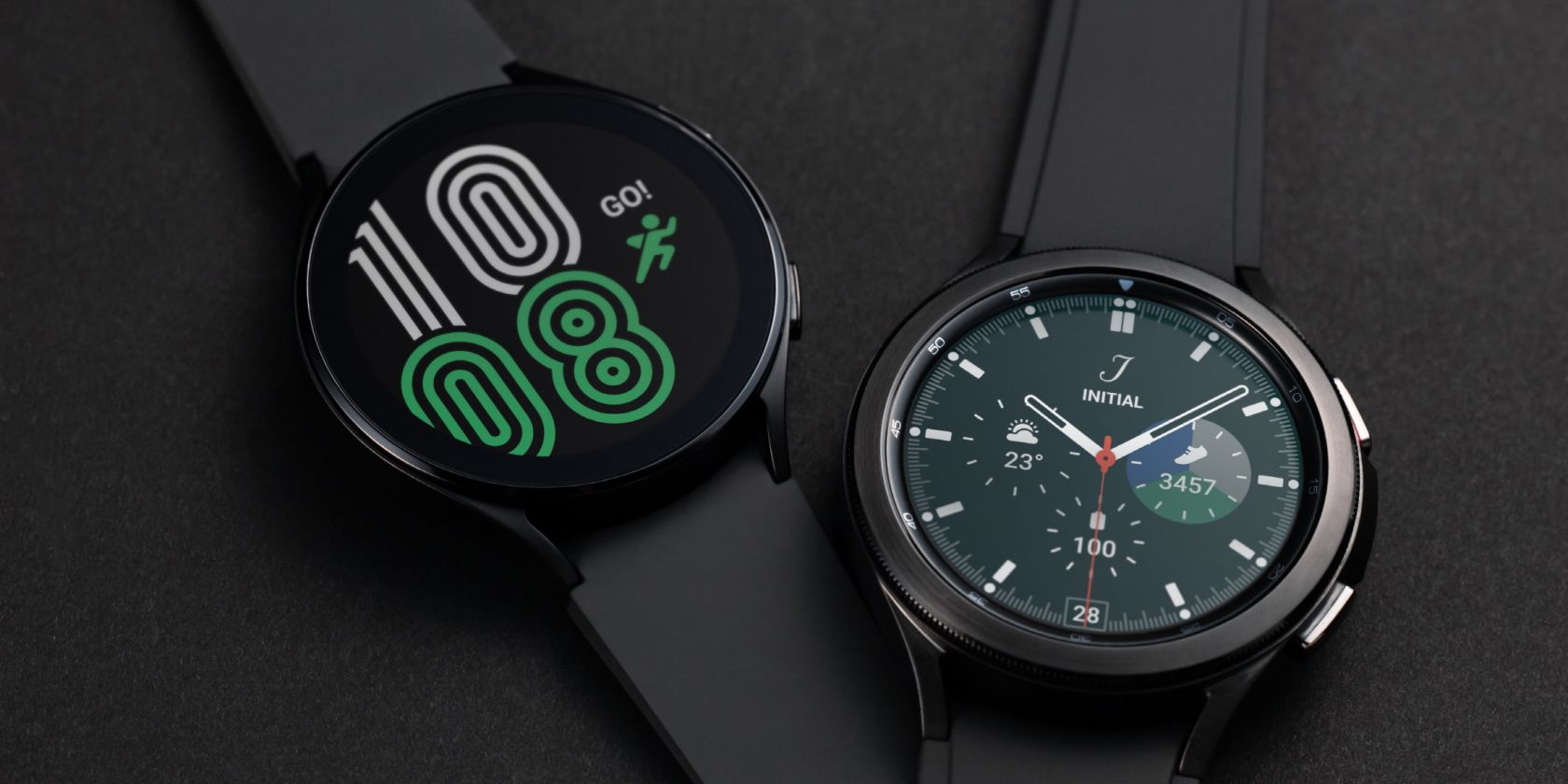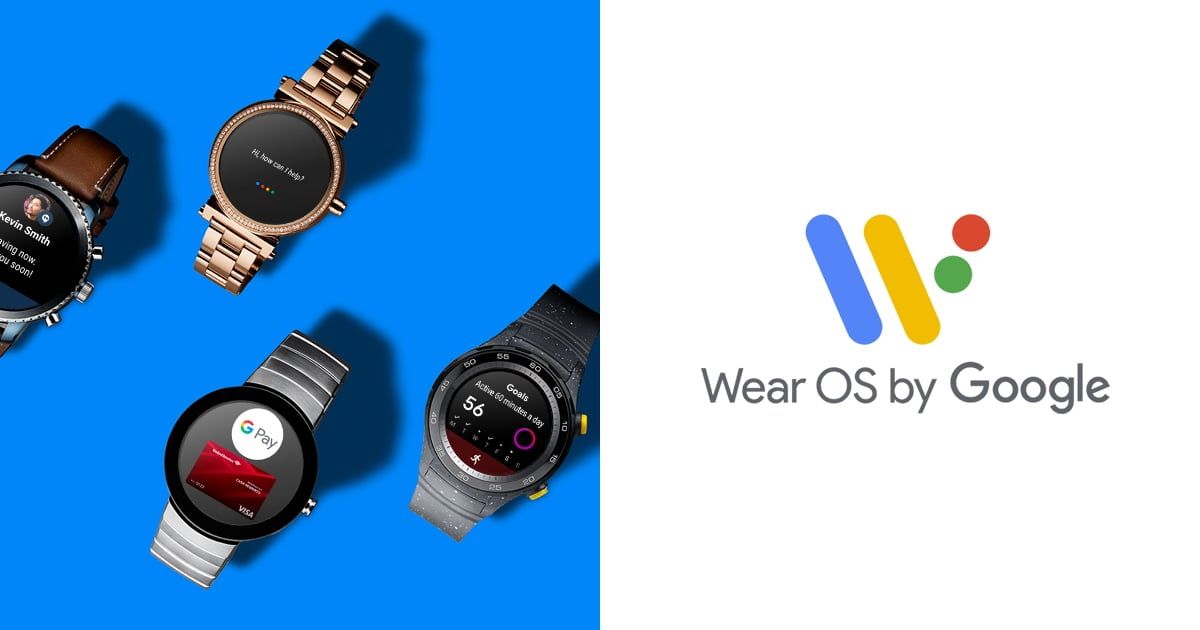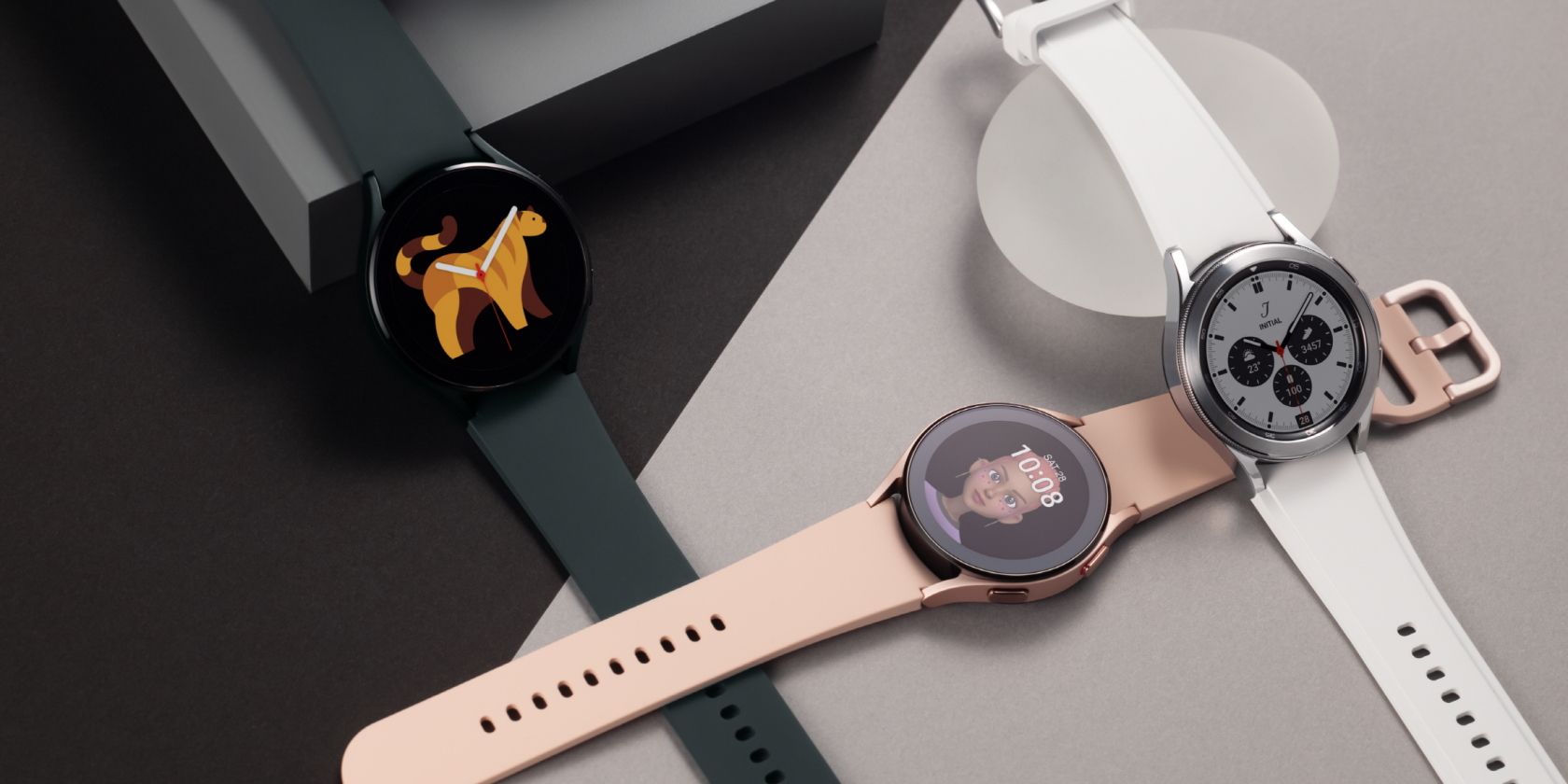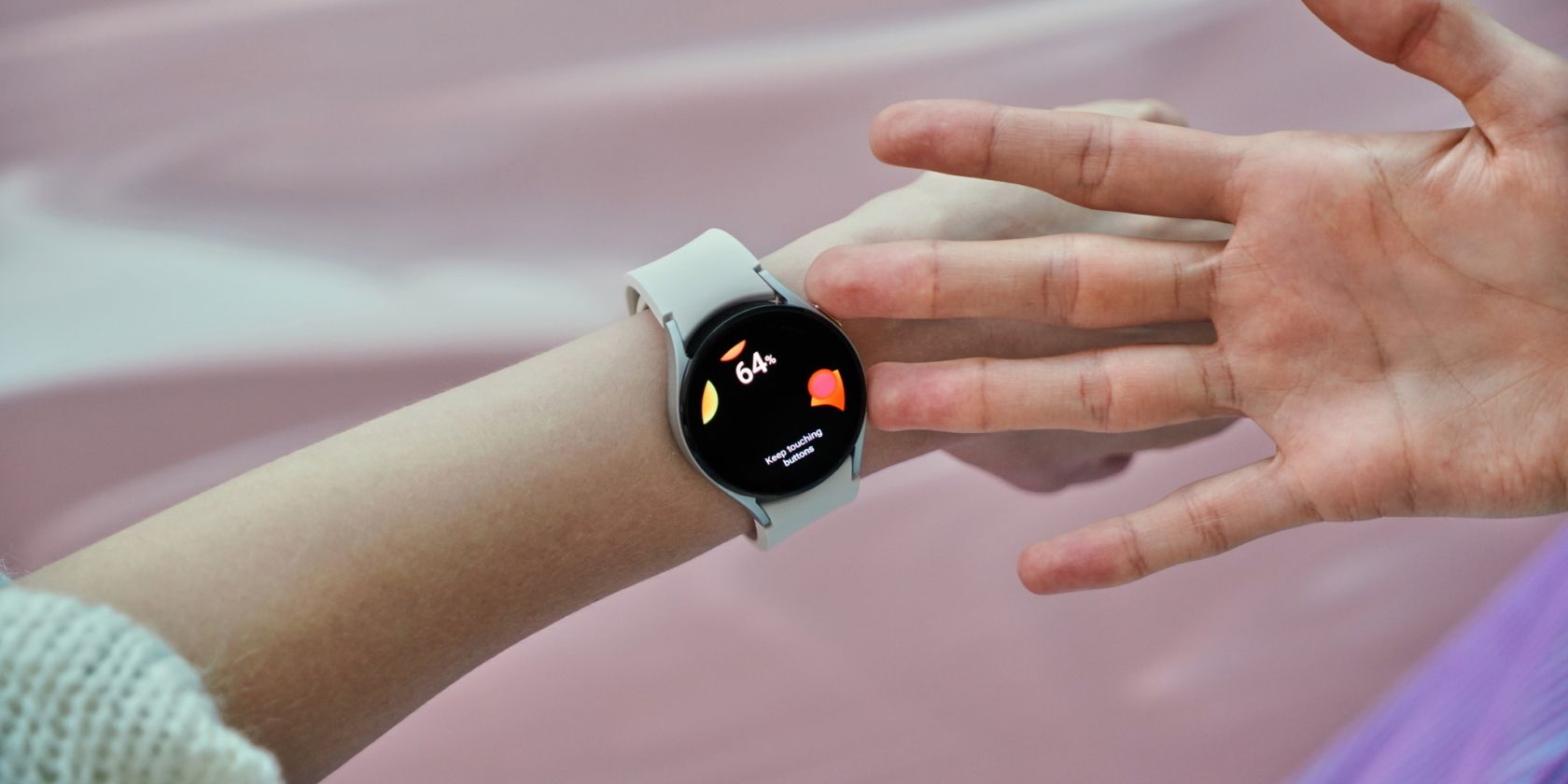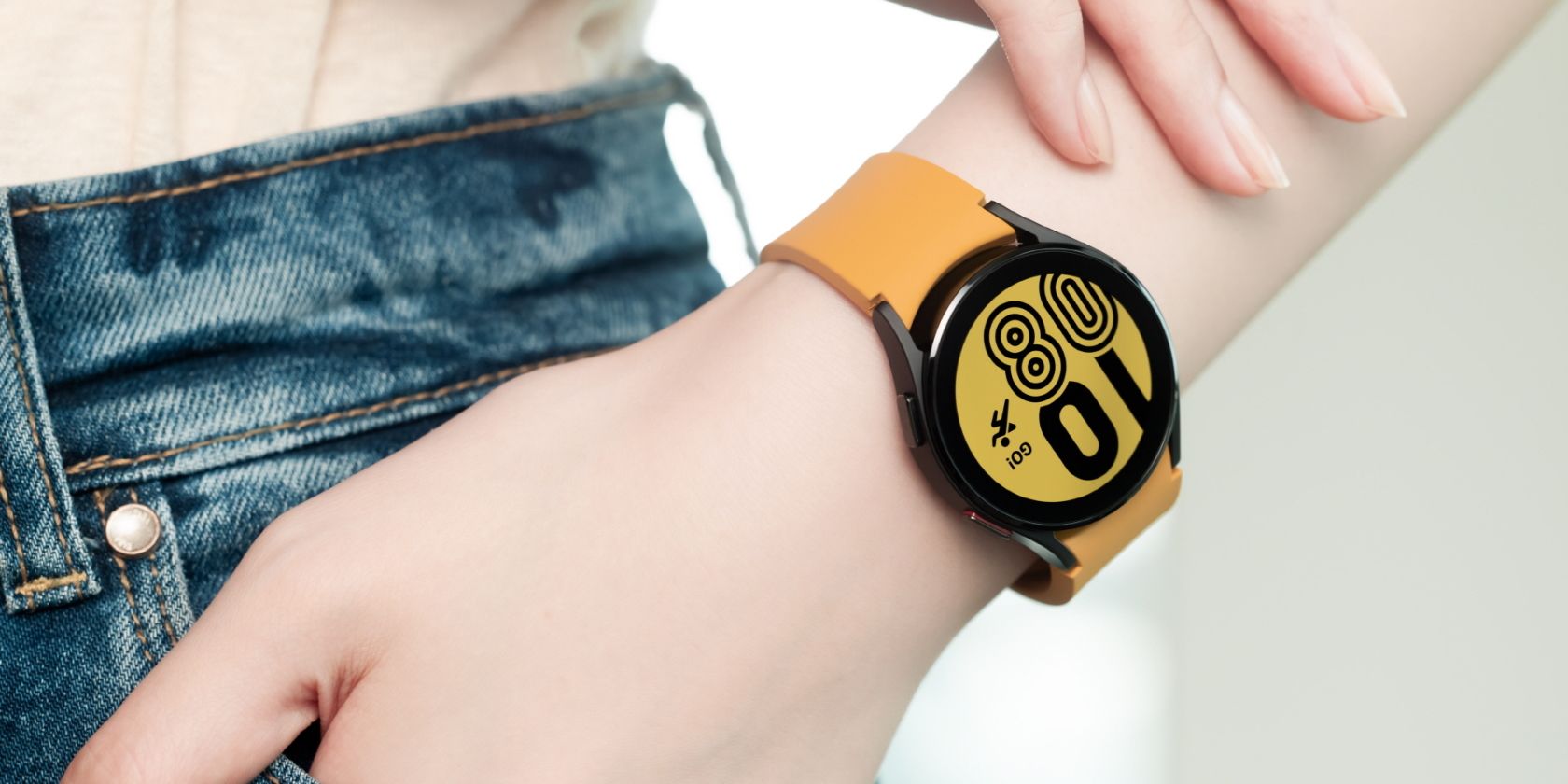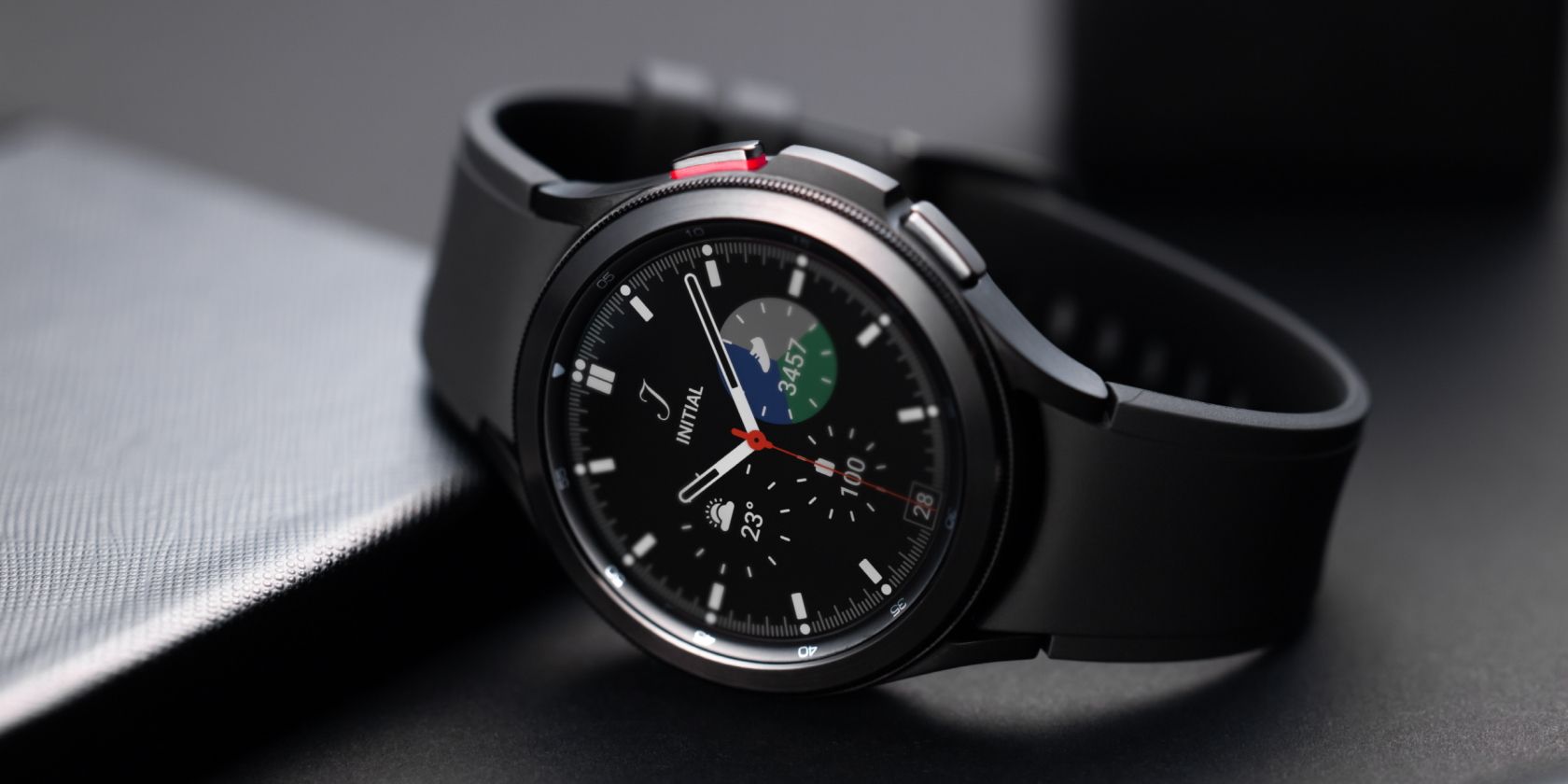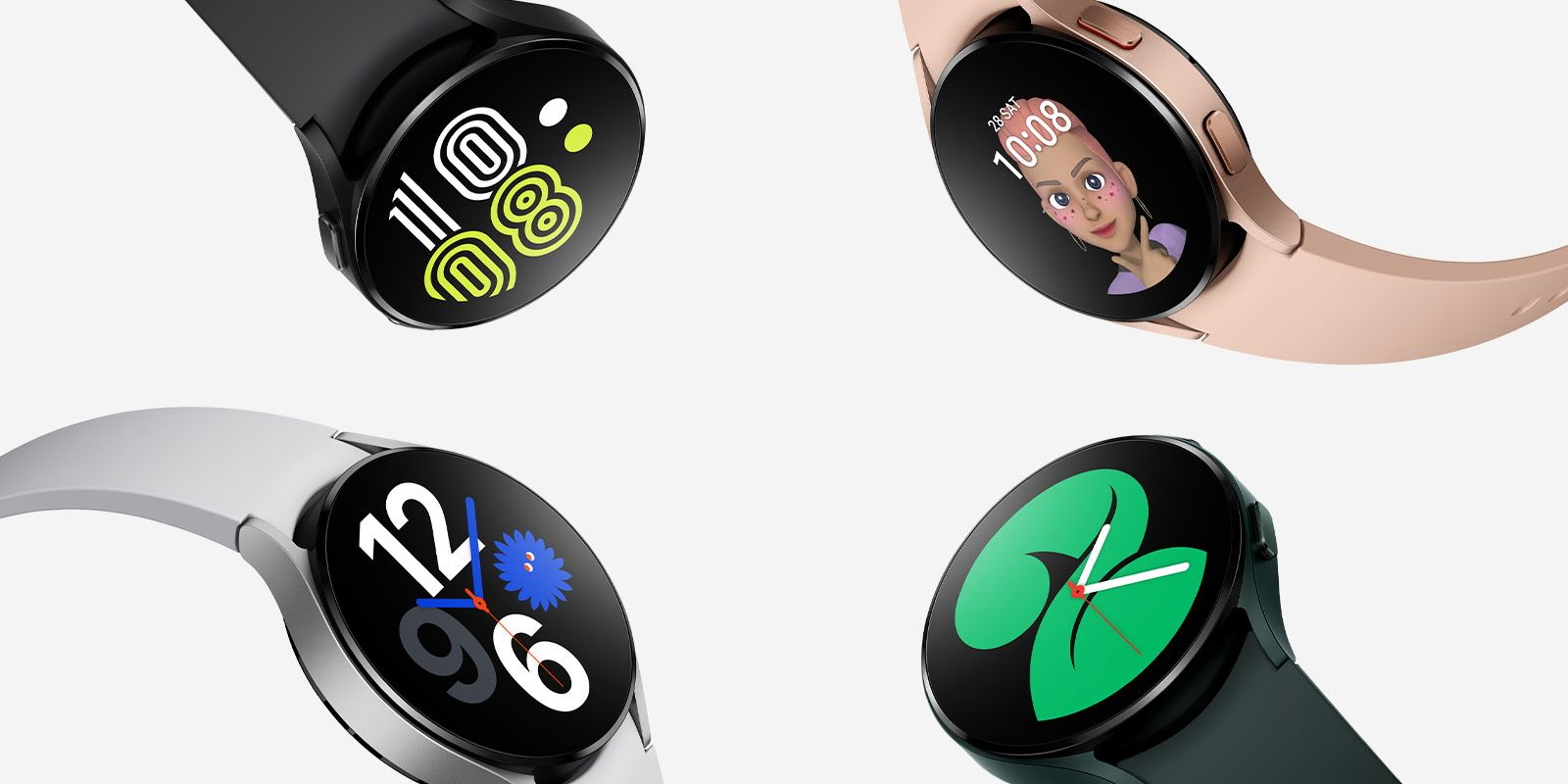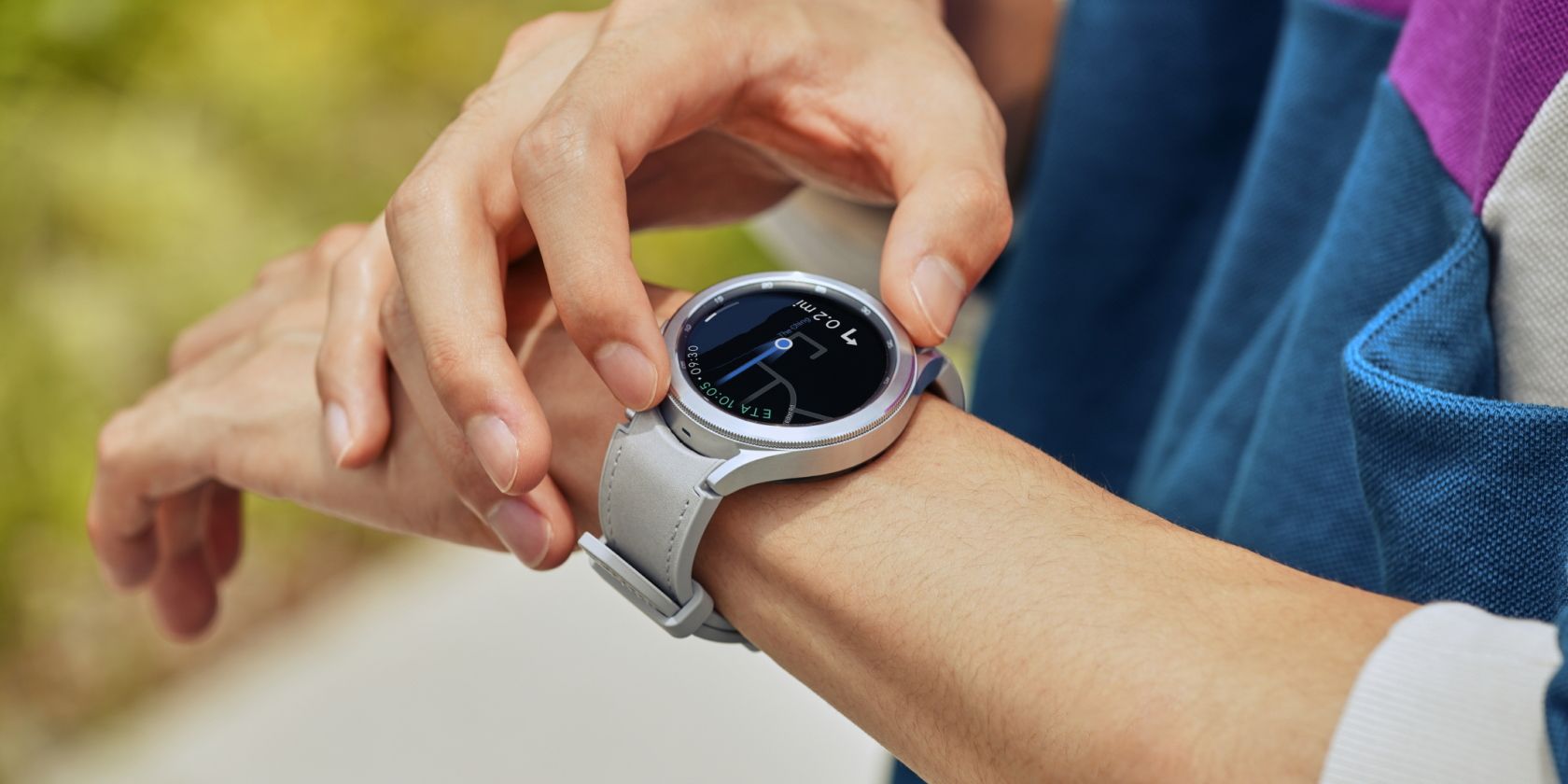Samsung refreshes its smartwatch lineup annually, and this year was no different as it launched the Galaxy Watch 4. However, the company has spiced things up this time around in both the hardware and software departments.
The Galaxy Watch 4 introduces many new changes, some for the better and some for the worse. If you're looking to upgrade, you need to keep a few things in mind. Here, we'll look at all the pros and cons of the Galaxy Watch 4 so that you can make an informed decision.
What We Like About the Galaxy Watch 4
Here are some of the best features of the Watch 4 that make it such a great choice.
1. The Galaxy Watch 4 Runs Google Wear OS 3
With a couple of exceptions, Samsung always relied on its own Tizen OS to power its smartwatches. This was a strange move since most manufacturers relied on Android Wear, now called Wear OS.
Well, it looks like the company has finally replaced Tizen with Google's Wear OS. Samsung has been working closely with Google to bring Wear OS 3 to the Galaxy Watch 4.
Samsung has customized Wear OS to add some Tizen elements on top of One UI Watch and deliver a unified experience across its range of devices. The best part about Wear OS 3 is that you can finally run Google apps on your Galaxy smartwatch. Google also claims faster performance and longer battery life with the Wear OS-powered Galaxy Watch.
2. Size Options and Design Choices
Samsung offers the Galaxy Watch 4 in two different models—the Galaxy Watch 4 and the Galaxy Watch 4 Classic. On the outside, they look very different, but under the hood, they're pretty much the same.
People who prefer a sleek, modern, and sporty look would love the standard Galaxy Watch 4, whereas those who want a classic watch appearance would go for the Galaxy Watch 4 Classic with the physical rotating bezel.
The standard Galaxy Watch 4 comes in 40mm and 44mm case sizes, whereas the Galaxy Watch 4 Classic comes in 42mm and 46mm options. So, no matter how big or small your wrist is, you'll find a model that fits perfectly. Despite the difference in the overall footprint, the screen size remains the same for both Galaxy Watch 4 models.
3. The Galaxy Watch 4 Gets a Spec Bump
Samsung has bumped the screen resolution for the Galaxy Watch 4. The bigger variants now sport a resolution of 450x450 pixels, whereas the smaller case sizes pack a slightly smaller 396x396 display instead.
You now get a pixel density of over 450 pixels per inch no matter what size you go with, which is a huge step up from the Galaxy Watch 3's 364 PPI display.
The Galaxy Watch 4 also includes 1.5GB of RAM to handle multitasking with minimal effort. In comparison, the Galaxy Watch 3 and the Apple Watch Series 6 have just 1GB of RAM.
4. A New and Enhanced Health Tool
The body composition measurement tool is the new health-oriented feature that Samsung introduced with the Galaxy Watch 4. Its new BioActive sensor will allow you to calculate your body fat percentage, BMI, skeletal muscle mass, fat mass, and basal metabolic rate in real-time.
The Galaxy Watch 4 makes this possible using a technique called bioelectrical impedance analysis. All you need to do is hold the side buttons on the watch with two of your fingers for 15 seconds.
5. Battery Life
The Galaxy Watch 4 packs a slightly bigger battery than its predecessor. However, do keep in mind that the battery capacity will depend on the case size you select. Regardless, Samsung says you can expect roughly 40 hours of battery life from the Galaxy Watch 4 under normal use.
This means you'll need to charge your smartwatch every two days, which is impressive compared to the Apple Watch Series 6's 18-hour battery life.
What We Dislike About the Galaxy Watch 4
Nothing's perfect, of course. Here are some of the aspects of the Galaxy Watch 4 that we don't like.
1. Low Internal Storage
The Galaxy Watch 4 has only 16GB of internal storage, which is not great for today's standards. In comparison, the Apple Watch Series 6 provides 32GB of space. We get that smartwatches don't need a ton of storage space, but if you're someone who wants to store photos and music locally, you'll find this disappointing.
2. The Galaxy Watch 4 Does Not Support iPhones
Most iPhone users would buy the Apple Watch, and most Galaxy Watch users own a Samsung phone already. However, a handful of users prefer the Galaxy Watch due to its circular design, and if you're one of them, we have bad news. Samsung is dropping support for iOS devices with the Galaxy Watch 4.
We find this strange because Google's Wear OS supports iPhones running iOS 13 or later. According to Samsung, the smartphone needs to support Google Mobile Services for device activation, which the iPhones do not have. We blame Samsung's One UI Watch for this compatibility issue.
3. No Google Assistant
Despite running a heavily skinned version of Google's Wear OS 3, the Galaxy Watch 4 does not have Google Assistant at launch. Instead, it still uses Bixby, the default and only voice assistant, just like the older models. However, Samsung says it's working closely with Google to bring Google Assistant to the Galaxy Watch 4 eventually.
4. No Support for 5G or Wi-Fi 6
This isn't a major con, but it's worth noting nonetheless. Considering smartphones started coming out with 5G support in 2019, we feel it's time smartwatches receive the same treatment. For someone who sticks to the same smartwatch for a few years, 5G support would've made the Galaxy Watch 4 future-proof.
Also, the Galaxy Watch 4 does not support Wi-Fi 6 or even the older 802.11ac standard, which is baffling for a smart device in 2021. Sure, wireless speeds aren't significant on a smartwatch, but it would've been a welcome addition nonetheless.
The Galaxy Watch 4 Could've Been Perfect
We're pleased to say Samsung has managed to get most things right with the Galaxy Watch 4. It gives the Apple Watch a tough fight and leads Google's Wear OS devices from the front. However, the Galaxy Watch 4 isn't perfect and has quirks that may cause prospective buyers to shy away.
We're excited to see what Samsung can do with its new Wear OS-based software in the future iterations of the Galaxy Watch.

